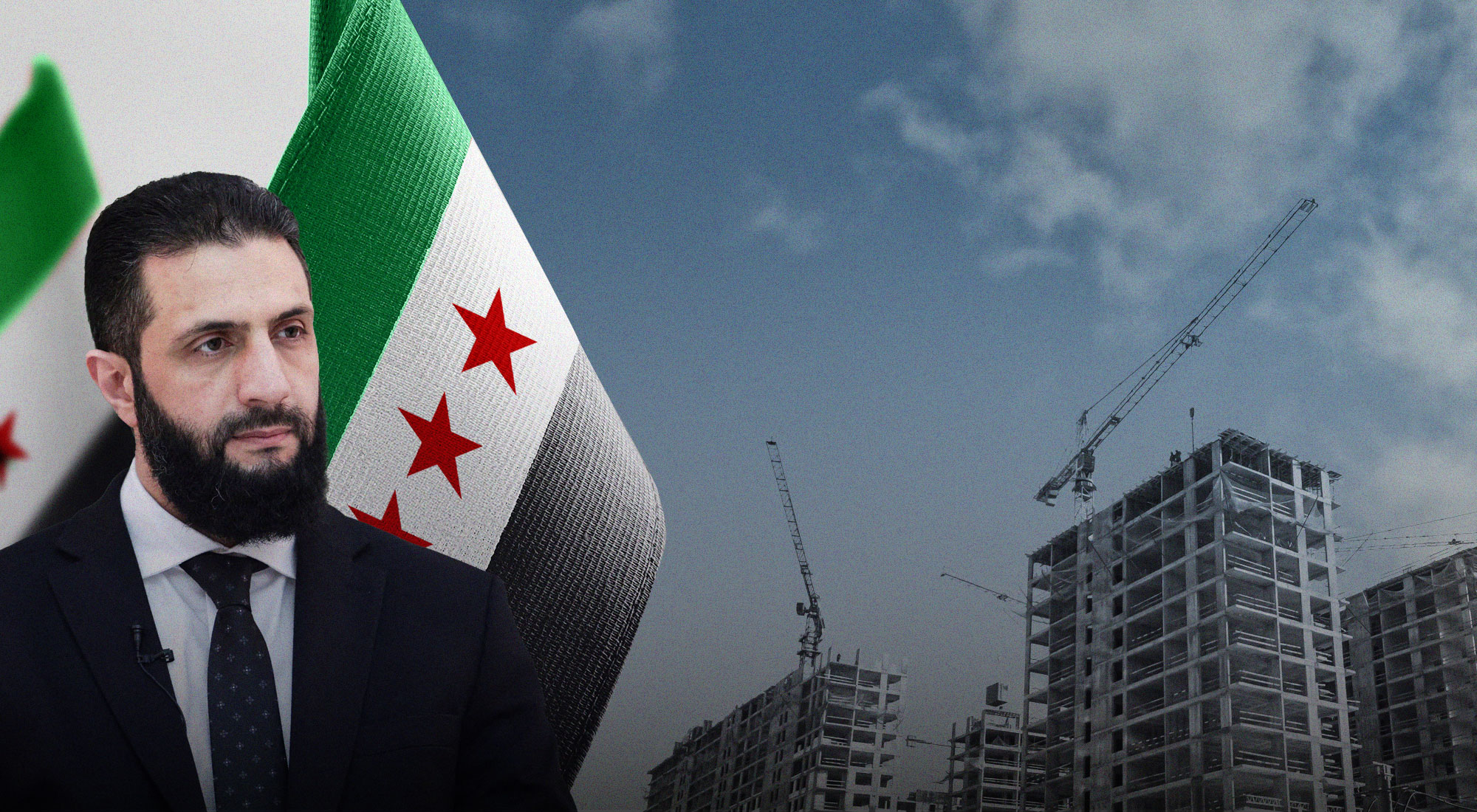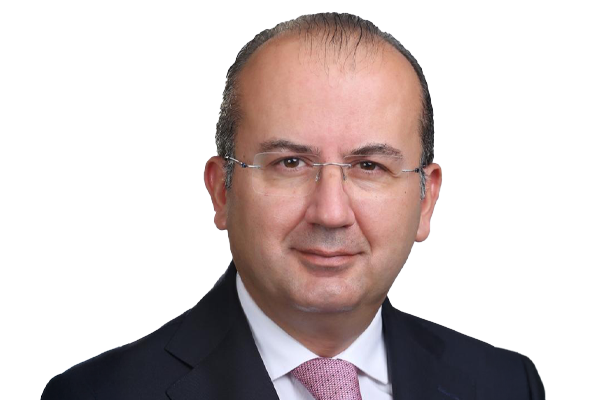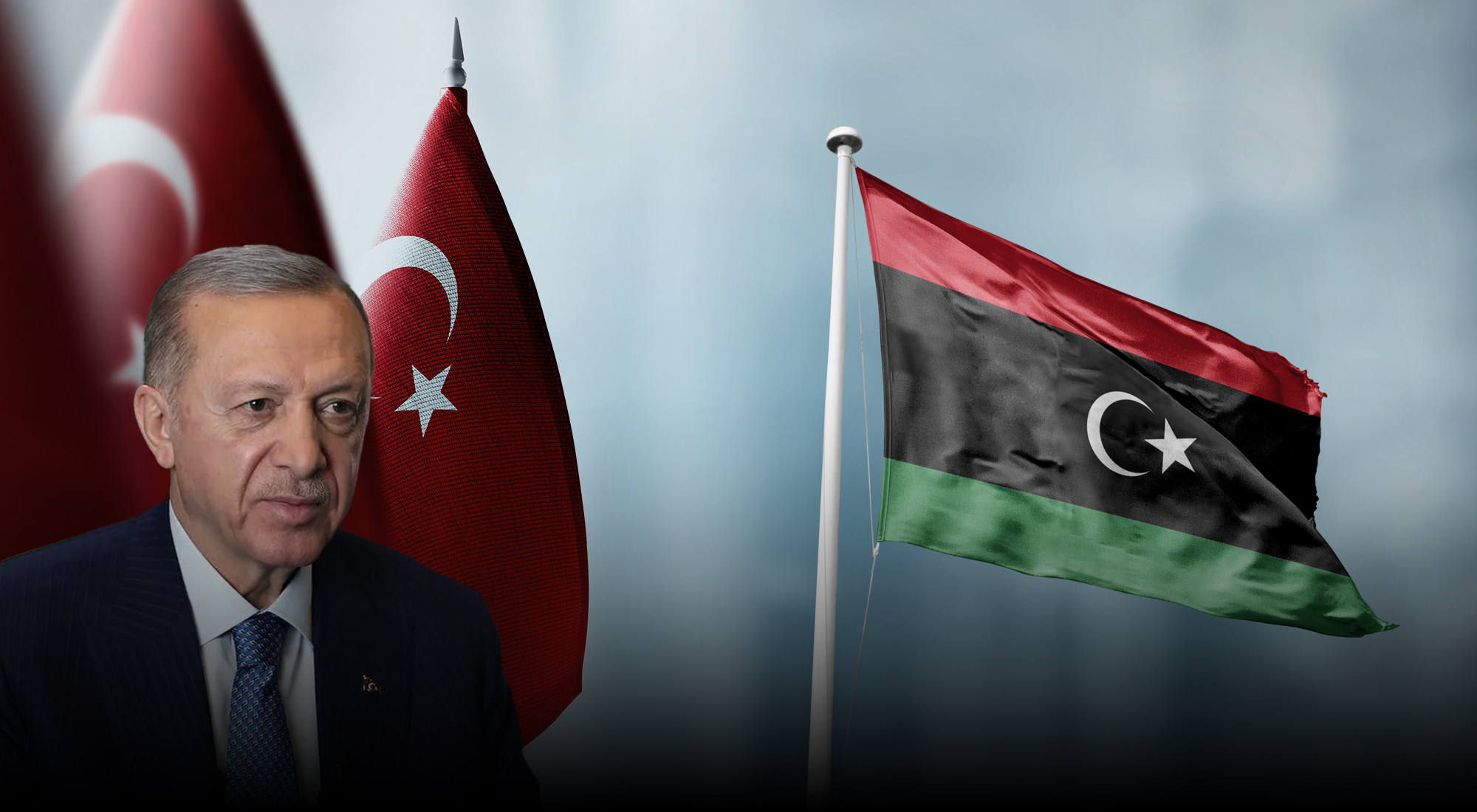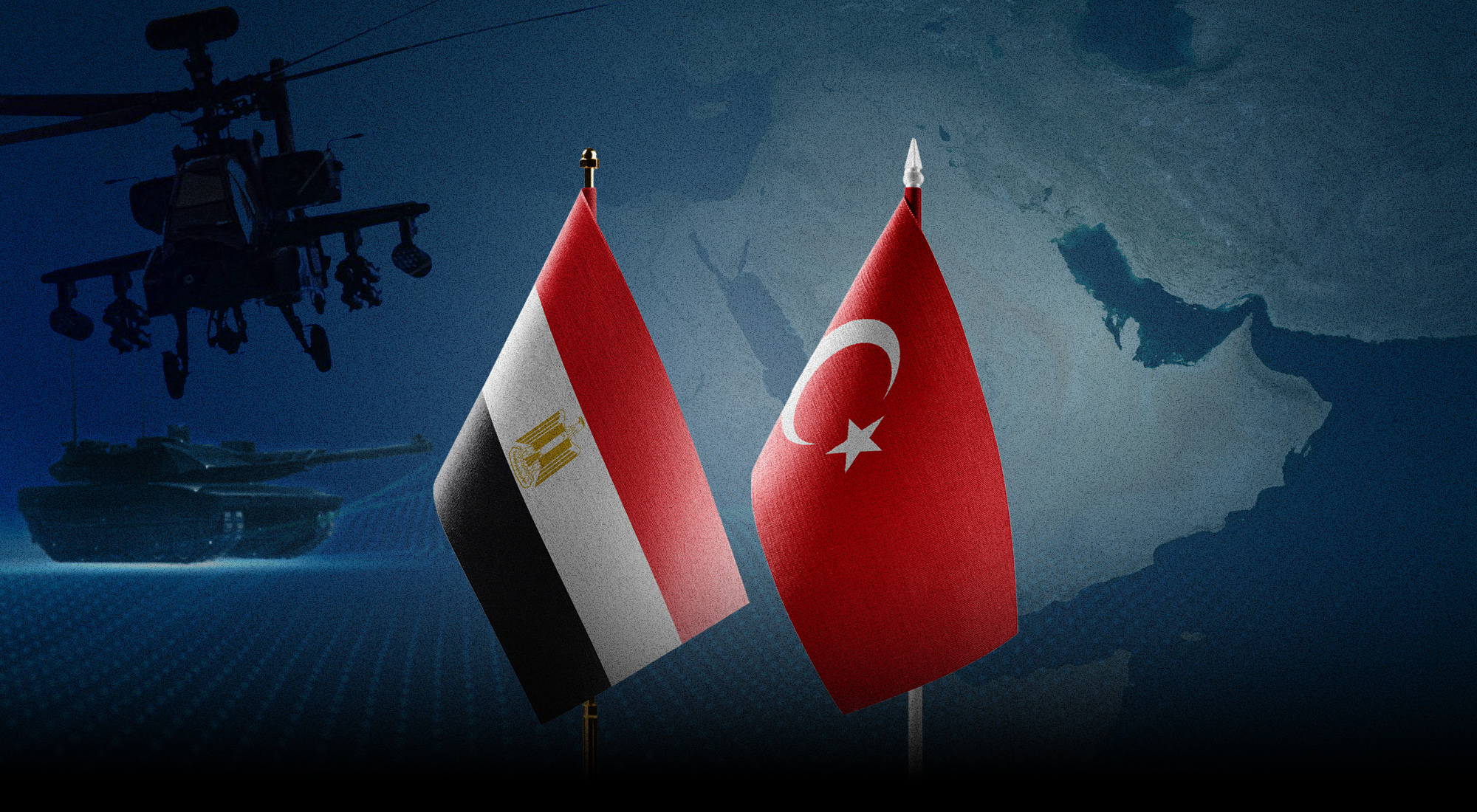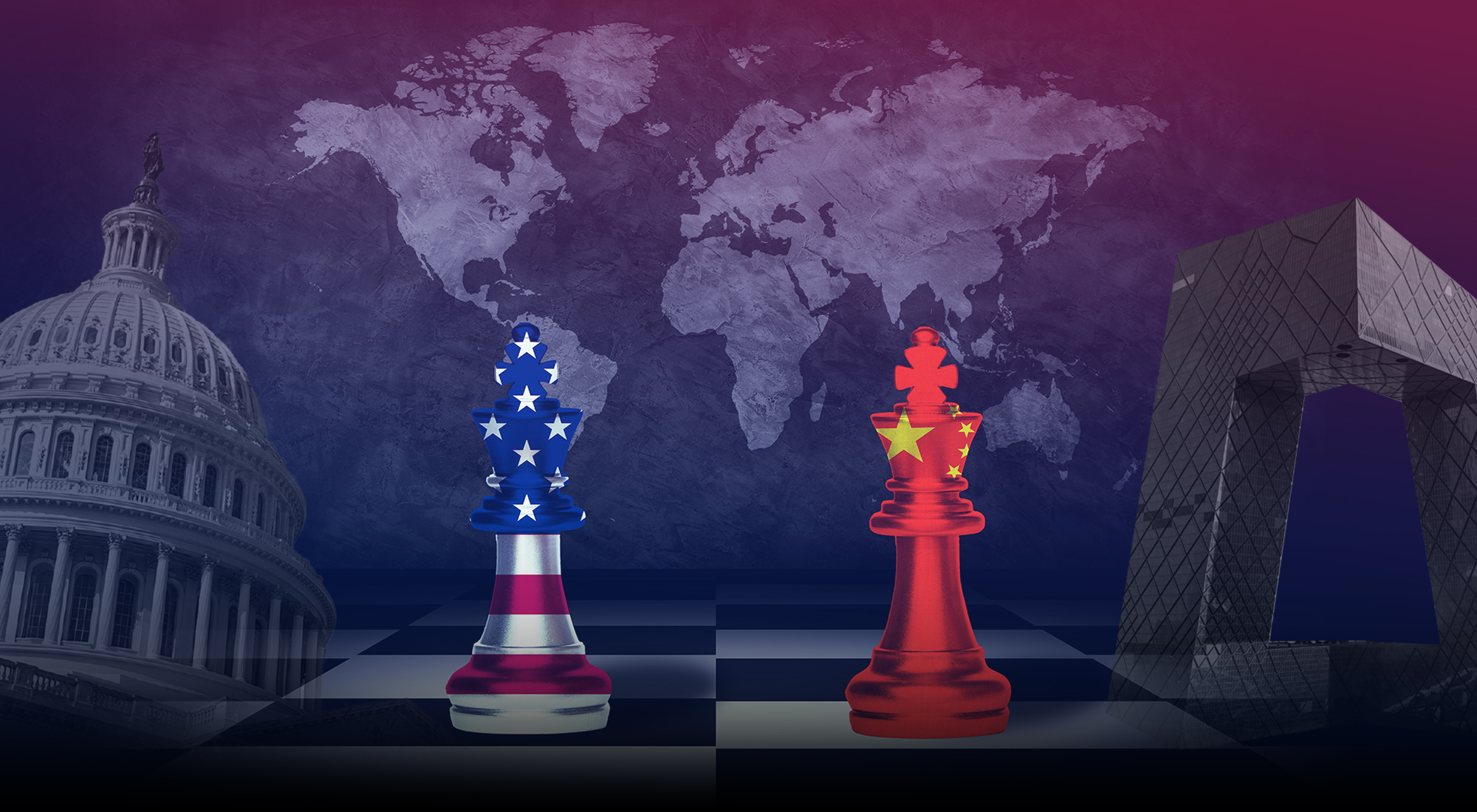The current situation in Syria represents a unique case within the broader context of the conflicts in the Middle East. The swift fall of the regime in early December is reshaping the dynamics. This new phenomenon presents significant challenges on the path to recovery and stabilization. This insight will examine the obstacles and opportunities for a post-Assad Syria.
It will be complex and difficult to address urgent security concerns, humanitarian crises, political fragmentation, and economic challenges. Moreover, the involvement of regional and international actors has added layers of complexity as neighboring countries and global powers vie for influence, each with its own strategic objectives.
The insight aims to analyze Syria’s current political complexities and offer practical recommendations for creating a steady, inclusive transition process. This would enable Syria to overcome its current trend of instability and insecurity and begin the complex process of rebuilding while ensuring that the voices of its people are heard and their legitimate aspirations are addressed on the path toward peace and stability.
Introduction
The Syrian conflict has emerged as one of the most severe humanitarian and political crises in recent history, resulting in extensive devastation across the nation. The widespread destruction has significantly affected multiple generations and their ability to sustain themselves. The country has become increasingly susceptible to terrorism and various forms of organized crime. Syrians have endured the deployment of chemical weapons on more than one occasion and have faced repeated war crimes and violations of international humanitarian law. Consequently, hundreds of thousands have been either killed or disappeared; approximately one-third of the population has sought refuge abroad, primarily in neighboring countries.
With the fall of the Assad regime, Syria faces a new set of challenges and opportunities in its journey toward recovery and stabilization. This journey will be long and arduous as it carries risks and threats that could further endanger the region’s fragile security and stability. Equally, policies that seek to establish a stable Syria that enjoys the confidence of its own population may have a positive impact beyond the country’s borders if they are supported by the international community.
Syrians continue to celebrate the fall of the regime, feeling liberated from oppressive rule and holding high expectations for rebuilding their country. Aspirations of freedom, justice, equality, and prosperity are frequently expressed throughout the nation. The prevailing sense of joy has overshadowed concerns regarding the past and ideological identity of their current rulers, Hay’at Tahrir al-Sham (HTS), whose moderate rhetoric has been well-received. Ultimately, inclusivity will be essential for paving the way toward a better future. However, if not addressed, the disparity between the HTS’s rhetoric and some initial practical measures could pose significant challenges.
This insight seeks to examine the challenges and opportunities for a new Syria, focusing on urgent security concerns, humanitarian crises, political fragmentation, and economic difficulties. Furthermore, the participation of regional and international actors introduces additional layers of complexity to the reconstruction efforts. It provides practical recommendations for establishing a stable and inclusive transition process to ensure that Syria addresses its current instability and embarks on the arduous rebuilding process while ensuring its citizens’ legitimate expectations are acknowledged.
Historical Context
Prior to the conflict, Syria was a nation known for its rich cultural heritage and diverse population. Its economy was primarily driven by agriculture, oil, and tourism, though it faced numerous challenges. Nevertheless, it maintained relative stability compared to the devastation that followed. In 2010, Syria experienced modest economic growth, with a GDP of approximately US$60.2 billion.[1] The Syrian government initiated economic liberalization and privatization policies in the early 2000s, aiming to modernize the economy and attract foreign investment. Despite these economic reforms, the country struggled with high unemployment and a significant poverty rate that exceeded 85% even before the conflict.[2]
The conflict that began in 2011 severely exacerbated the economic situation, leading to a substantial decline in GDP, increased poverty, unemployment, and widespread destruction of infrastructure. Key events leading to the conflict included social disturbances in 2011, which sparked nationwide protests against the regime. The government’s harsh response to these protests escalated into a full-scale civil war in 2012, marked by significant phases such as the rise of ISIS, the involvement of foreign powers, and the eventual weakening of the regime elements.
Syria’s social fabric was diverse, comprising various ethnic and religious groups, including Arabs, Turkomans, Kurds, Armenians, Assyrians, and Druze. Despite this diversity, the regime maintained strict control through a combination of patronage, coercion, and strategic alliances. However, underlying tensions and grievances persisted, ultimately culminating in the eruption of the conflict.
Current Situation
Humanitarian Crisis
The Syrian conflict has resulted in a dire humanitarian crisis. Millions of Syrians have been displaced, both internally and as refugees in neighboring countries. The civilian population has faced widespread violence, including chemical attacks, bombings, and sieges. In many instances, starvation has been used as a weapon.
According to the United Nations (UN), over 13 million people inside Syria needed humanitarian assistance and more than 6.6 million have been internally displaced, many of whom were forced to live in overcrowded camps with limited access to food, water, and medical care.[3] The February 2023 earthquakes added to the agony, causing widespread damage and further straining already limited resources. Neighboring countries such as Türkiye, Lebanon, Jordan, and Iraq host millions of Syrian refugees, putting immense pressure on their resources and infrastructure.
Moreover, the conflict has resulted in severe violations of human rights and international humanitarian law. Civilians, including women and children, have been subjected to indiscriminate attacks, with reports of hundreds and, at times, thousands each year alone. The lack of civil documentation and destruction of property have left many internally displaced persons (IDPs) at risk of statelessness and without access to essential services. The perpetual violence and military operations have made it extremely challenging for humanitarian organizations to reach those in need, exacerbating the suffering of millions of Syrians.
Although there has been a rise in optimism regarding the return of refugees following the regime change, the ongoing lack of access to essential services and concerns about the evolving security situation in the country remain significant obstacles to voluntary, safe, and dignified returns.
Economic Impact
Syria’s economy has been devastated by the conflict. Infrastructure across the country has been severely damaged or destroyed, leading to essential services collapsing. Unemployment rates have increased, and poverty has become widespread. The agricultural sector, once a cornerstone of the economy, has been crippled, leading to food shortages and increased reliance on imports.
The World Bank estimates that Syria’s GDP has contracted by more than 60% throughout the conflict, resulting in a significant decline in living standards.[4] The destruction of infrastructure, including roads, bridges, schools, and hospitals, has made it challenging to deliver essential services and support economic recovery. The financial system was also in disarray, with hyperinflation, currency depreciation, and a banking crisis exacerbating the economic woes.
Sanctions have had a profound impact on Syria’s economy during the conflict, exacerbating the already dire situation. They targeted key sectors such as oil, banking, and trade, leading to a significant decline in economic activity. During the conflict, the Syrian pound lost over 90% of its value, resulting in hyperinflation and skyrocketing prices for basic goods. Despite these challenges, the regime managed to retain power with the help of its allies, the Russian Federation (RF) and Iran. Still, the sanctions have undoubtedly deepened the suffering of ordinary Syrians, leading to widespread economic and social dislocation.
The regime change has prompted calls for easing or removing sanctions. The temporary administration, supported by other countries, describes the sanctions as the primary obstacle to recovery. Meanwhile, the U.S. and the EU appear inclined to use the sanctions as leverage to assess the sincerity of Ahmed al-Sharaa’s leadership in pursuing an inclusive and democratic transition process. The roadmap adopted by the EU most recently involves lifting some of the sanctions that are hindering the early rebuilding of the country. However, it was underscored that the easing of sanctions is conditional and could be reversed if Syria’s new leaders deviate from the path to a peaceful political future.
Political and Security Landscape
The political and security situation in Syria is highly fragmented. The power vacuum since the downfall of Bashar Al-Assad has become more intense, with various non-state actors vying for control. In addition to the dominant force in Damascus, HTS, numerous armed groups, with the support of a range of countries, operate under different banners across Syrian territory, each with its own agendas and interests. ISIS continues to pose a significant threat.
In this context, discussing a political transition may appear premature and challenging given the country’s complex and volatile security situation. Although HTS has gained international recognition and declared victory, it does not yet exert full control over the entire Syrian territory. Remnants of the regime, ethnic and religious minorities, and secularists are struggling to digest the new circumstances with mixed feelings despite HTS’s inclusive rhetoric. Some initial practical measures taken by HTS have raised doubts about whether the moderate rhetoric will be reflected in reality.
Syrian Democratic Forces (SDF) in the northeast maintain ties with the PKK, which is designated as a terrorist organization by Türkiye, the U.S., and most European countries, and have yet to integrate into Syria’s national army without ulterior motives. The Syrian temporary administration and Türkiye have repeatedly stated their opposition to a separatist entity in the northeast, citing concerns over resource exploitation, acts of terrorism, and ill-treatment of the local Arab population.
Meanwhile, Israel has moved into the demilitarized buffer zone between Israel and Syria, established after the 1973 war. Additionally, Israel has carried out a bombing campaign targeting Syrian military infrastructure, including the Air Force and the Navy, as well as Iranian military assets in Syria. Although Iran-backed militias are currently not a factor, Russia is working to maintain communication with Damascus in hopes of achieving a reset in relations.
Challenges in Rebuilding
Security Concerns
One of the primary challenges in rebuilding Syria is addressing security concerns. The temporary administration’s increasing control, sporadic violence, and ongoing instability hinder the creation of a conducive environment for reconstruction and recovery. HTS’s call for all armed groups to merge with the Syrian army has not yet been realized. The presence of multiple armed groups and the risk of renewed conflict create an atmosphere of uncertainty. Establishing a stable security framework is crucial for the success of any rebuilding efforts.
The disarmament, demobilization, and reintegration of former combatants will be a critical component of the new security framework. Providing ex-fighters with opportunities for regular income, education, vocational training, and employment is essential to prevent their return to armed groups. Strengthening local security forces and establishing mechanisms for community policing can help foster a sense of security and stability.
Before the fall of the regime, few armed groups shared the same ideology and interests as HTS, whose influence was limited to the Idlib enclave. Contacts and occasional collaboration with HTS were largely transactional and temporary. Implementing the security system used in Idlib throughout the country with involvement from various armed groups and warlords may seem straightforward but challenging to maintain.
Achieving solely an integrated Syrian army can hardly be a panacea to long-standing security and defense problems. Establishing a military doctrine embedded in a new foreign policy concept requires long-term planning, resources, and policies.
Another major security concern is addressing the threat of terrorism. The remnants of ISIS and other extremist groups, as well as the YPG/SDF’s separatist agenda, continue to pose threats to Syria’s territorial integrity and regional stability. Coordinated efforts to combat terrorism, including intelligence sharing, capacity building, and counter-radicalization programs, will be essential to prevent the resurgence of terrorism and extremism.
Political Obstacles
Political fragmentation poses a significant challenge in the rebuilding process. The lack of consensus among multiple factions and the absence of a legitimate, inclusive government hinder the implementation of cohesive policies.
On 29 January, Ahmed al-Sharaa was officially named president for a transitional phase. The announcement included the suspension of Syria’s constitution and the authorization for al-Sharaa to form a temporary legislative council until a new constitution is adopted.[5] Al-Sharaa pledged to embark on a political transition, including a national conference, an inclusive government, and eventual elections, which he estimated could take up to four years. This extended timeline indicates the enormity of the task ahead, including rebuilding infrastructure, updating electoral data, and ensuring a fair and transparent electoral process.
The success of this transition depends on the cooperation of various factions and on the establishment of a stable political environment. The suspension of Syria’s constitution undoubtedly creates a legal and administrative vacuum. Forming a temporary legislative council to oversee governance until a new constitution is a complex task that requires careful planning and, more importantly, consensus among society.
Establishing a unified transitional government incorporating representatives from all major factions and communities is essential for achieving political stability. This transitional government should adopt an inclusive consultation process in drafting the new constitution, organizing free and fair elections, and establishing mechanisms for transitional justice. To foster trust and legitimacy, it is imperative to ensure transparency, accountability, and inclusivity throughout the political process.
Syria’s new leadership will have to navigate regional alliances and international relations to secure support for its transition. This includes lifting sanctions, rebuilding economic ties with other countries, and increasing legitimacy.
The constructive involvement of international actors in facilitating political dialogue and negotiations is crucial. Diplomatic efforts, including peace talks and mediation, are necessary to bridge the divides between rival factions and to build a consensus on the future governance structure. Organizations such as the UN and the Arab League can be pivotal in supporting these initiatives.
Skeptics claim that Al-Sharaa is only in search of reinforcing his “strongman” status by ensuring the accession of different military groups under the umbrella of the Syrian army and appeasing various segments of society and the international community until his rule is consolidated and permanent. The new administration can refute these doubts by presenting a detailed transition plan grounded in a political narrative that seeks national unity, implements political reforms, and promotes economic development.
Economic and Social Hurdles
Rebuilding Syria’s economy will require significant funding and investment, estimated at a minimum of 400 billion US dollars.[6] The destruction of infrastructure, loss of human capital, and disruption of trade have severely damaged the economy. Securing financial resources for reconstruction poses a significant challenge due to existing sanctions, competing priorities among international donors, and the need for transparent and accountable mechanisms to manage funds.
International financial institutions such as the World Bank and the International Monetary Fund can offer critical support for economic recovery through grants, loans, and technical assistance. These resources can underpin infrastructure projects, stimulate private sector growth, and generate employment opportunities. Fostering foreign direct investment and public-private partnerships can significantly contribute to revitalizing the economy.
Developing a comprehensive economic recovery plan that prioritizes key sectors such as agriculture, energy, and manufacturing is essential. This plan should encompass measures to restore infrastructure, support small and medium-sized enterprises, and enhance access to credit. Strengthening regulatory frameworks, addressing corruption, and promoting good governance are crucial steps to create an enabling environment for sustainable economic growth.
Ahmed al-Sharaa underscores the importance of state-building. However, Syria needs to focus on societal reconstruction first. Reconciliation and social cohesion are pivotal for Syria’s long-term stability. The population has suffered significant harm as a result of the conflict, leading to widespread trauma and mistrust among various communities. Comprehensive social initiatives, including educational programs, mental health support, and community activities to foster reconciliation and unity, are necessary to address these issues.
Establishing truth and reconciliation commissions can help address the grievances and human rights abuses committed during the conflict. These commissions can provide a platform for victims to share their experiences, seek justice, and promote healing. Additionally, programs focused on inter-community dialogue, peacebuilding, and conflict resolution can help rebuild trust and foster social cohesion.
Opportunities for Rebuilding
International Support
Despite the challenges, there are significant opportunities for rebuilding Syria. International support in the form of aid, investment, and diplomatic efforts can play a crucial role in the reconstruction process. Leveraging the expertise and resources of international organizations can help address immediate humanitarian needs and lay the foundation for long-term development.
The international community, including governments, international organizations, and non-governmental organizations, can provide critical support in various areas. Humanitarian aid organizations can continue to deliver essential services, while development agencies can support infrastructure projects, capacity-building initiatives, and economic recovery programs. Diplomatic efforts can facilitate political dialogue and promote inclusive governance.
Coordination among international actors will be essential to ensure that aid and development efforts are effective and aligned with the needs of the Syrian population. Establishing mechanisms, such as an expanded version of the Syria Recovery Trust Fund, for donor coordination, joint planning, and monitoring can help avoid duplication of efforts and ensure that resources are used efficiently. The UN can play a central role in coordinating international support and facilitating partnerships between different stakeholders.
New Regional Dynamics
Regional and international stakeholders have either distanced themselves from the Syrian conflict or adopted conflicting approaches. The term “Syria fatigue” often describes the global attitude, with many considering Syria a lost cause due to Bashar al-Assad’s resistance to a political solution and the involvement of Russia and Iran.
Following the fall of the regime, the picture has drastically changed. The international community has shown serious gestures of engagement amounting to legitimizing the new administration and immediately dispatching humanitarian assistance. This constitutes a positive development on the part of the key stakeholders to display a sense of ownership of the security and stability of Syria. This approach is necessary and should continue to support a smooth transition, as few peacemakers are in the country.
Ahmed al-Sharaa’s initial high-level engagements with Qatar, Saudi Arabia, Türkiye, and the UAE represent a strategic initiative to re-establish Syria’s international relations and obtain support for the country’s reconstruction efforts. These meetings signify a readiness to collaborate with regional powers, seek assistance in stabilizing and rebuilding the nation, and mitigate the potential for further conflict. The more the new administration takes steps toward ensuring internal stability, unity, and territorial integrity, free from terrorism and extremism, the more eager the key stakeholders will be to engage and assist.
Political Solutions
Syria’s future depends on achieving political stability through inclusive governance, power-sharing, and addressing corruption. Engaging all stakeholders to create a shared vision is critical. The temporary administration should expedite the national dialogue conference and form a transitional government with representatives from all major factions. Transparency, accountability, and inclusivity are crucial for building trust.
International actors should support political dialogue and negotiations through diplomacy, mediation, peace talks, and confidence-building measures. Regional organizations and the international community can provide additional legitimacy to this process.
Economic and Social Potential
Syria has significant economic potential, particularly in its natural resources and agricultural sectors. Revitalizing these industries can create jobs, stimulate economic growth, and reduce dependence on foreign aid. Encouraging investment in key sectors such as energy, agriculture, and infrastructure can help rebuild the economy and improve the population’s living standards.
The country’s strategic location, natural resources, and skilled labor force provide a strong foundation for economic recovery. Energy sector investments, including oil, gas, and renewable energy, can generate revenue and create employment opportunities. Similarly, revitalizing the agricultural sector can enhance food security, support rural livelihoods, and promote sustainable development.
Investing in social initiatives is essential for addressing the long-term needs of the Syrian population. Education, healthcare, and community programs can help rebuild social cohesion and foster a sense of unity. At the same time, supporting grassroots organizations and empowering local communities can create a more inclusive and resilient society.
Recommendations
- The temporary administration should set out a clear vision of Syria’s future principles and ideals, both at home and abroad. Equally, the parameters and timeline of the transition process must be declared sooner rather than later.
- The current level of interaction with the international community should transform into intense engagement within the framework of a short-, mid-, and long-term political and socio-economic reform plan.
- A set of political reforms must be implemented to create an inclusive and legitimate government. This includes drafting a new constitution, organizing free and fair elections, and establishing mechanisms for transitional justice. Ensuring transparency, accountability, and inclusivity in the political process will be essential to building trust and legitimacy.
- Concerns vis-à-vis the government’s inclusiveness and moderate character must be addressed to gain the confidence and support of society and the international community.
- International actors should assist diplomatic efforts to establish a stable political path. This involves mediation, peace talks, and confidence-building measures to bridge the gaps between competing factions and agree on the future governance structure.
- The population’s basic needs must be addressed, including food, clean water, shelter, education, and medical care. Humanitarian organizations should prioritize delivering essential services to the most vulnerable populations, including refugees and internally displaced persons.
- The administration must protect civilians and enable aid delivery by allaying immediate security concerns. This includes disarming armed groups, strengthening local security forces, and implementing measures to prevent violence and instability.
- Assurances must be given that financial resources for reconstruction are managed transparently and efficiently. Establishing oversight bodies, auditing mechanisms, and anti-corruption measures can help build trust and ensure funds are used effectively.
- International financial institutions, governments, and NGOs should continue to provide financial and technical support for reconstruction efforts. This includes grants, loans, technical assistance, and capacity-building initiatives.
- International organizations, including the UN, should be central in coordinating and monitoring the implementation of reconstruction and development projects. Establishing mechanisms for donor coordination, joint planning, and monitoring can help ensure that resources are used efficiently and effectively.
Conclusion
Rebuilding Syria will be a complex and challenging process, requiring a comprehensive and inclusive approach. Addressing the urgent security concerns, humanitarian needs, political fragmentation, and economic difficulties is necessary for establishing a stable foundation for the country’s future. International support, economic development, social initiatives, and political solutions provide significant opportunities for reconstruction.
For Syria to begin the recovery process and move toward a more stable and prosperous future, it requires a social contract that avoids divisive, sectarian and/or separatist agendas and maintains its territorial integrity. Equally, the international community has a high interest in supporting this challenging undertaking.
The regime change was undoubtedly a significant milestone. However, the conflict is not over yet.
[1] “Syria GDP 1960-2023,” MacroTrends, https://www.macrotrends.net/countries/SYR/syria/gdp.
[2] Joseph Daher, “The Political Economy of Syria: Deepening Pre-War Orientations,” Arab Reform Initiative, October 30, 2024, https://www.arab-reform.net/publication/the-political-economy-of-syria-deepening-pre-war-orientations/.
“Youth Employment and Livelihood in Syria: Assessing the Impact of Conflict and Preparing for Recovery,” Arab Reform Initiative, August 9, 2021, https://www.arab-reform.net/publication/youth-employment-and-livelihood-in-syria-assessing-the-impact-of-conflict-and-preparing-for-recovery-2/.
“Syria: Growth Contraction Deepens and the Welfare of Syrian Households Deteriorates,” World Bank, May 24, 2024, https://www.worldbank.org/en/news/press-release/2024/05/24/syria-growth-contraction-deepens-and-the-welfare-of-syrian-households-deteriorates.
[3] “Syrian Arab Republic: 2024 Humanitarian Needs Overview (December 2023),” UN Office for the Coordination of Humanitarian Affairs (OCHA), December 21, 2023, https://www.unocha.org/publications/report/syrian-arab-republic/syrian-arab-republic-2024-summary-humanitarian-needs-overview-december-2023.
[4] “Syria: Growth Contraction Deepens and the Welfare of Syrian Households Deteriorates,” World Bank, May 24, 2024, https://www.worldbank.org/en/news/press-release/2024/05/24/syria-growth-contraction-deepens-and-the-welfare-of-syrian-households-deteriorates.
[5] “Syrian Arab Republic: Flash Update No. 13 on the Recent Developments in Syria (as of 29 January 2025),” UN Office for the Coordination of Humanitarian Affairs (OCHA), January 30, 2025, https://www.unocha.org/publications/report/syrian-arab-republic/syrian-arab-republic-flash-update-no-13-recent-developments-syria-29-january-2025.
[6] “UN estimates that Syria requires around USD400 billion for reconstruction,” MENAFN, January 28, 2025, https://menafn.com/1109137918/UN-estimates-that-Syria-requires-around-USD400-billion-for-reconstruction.



